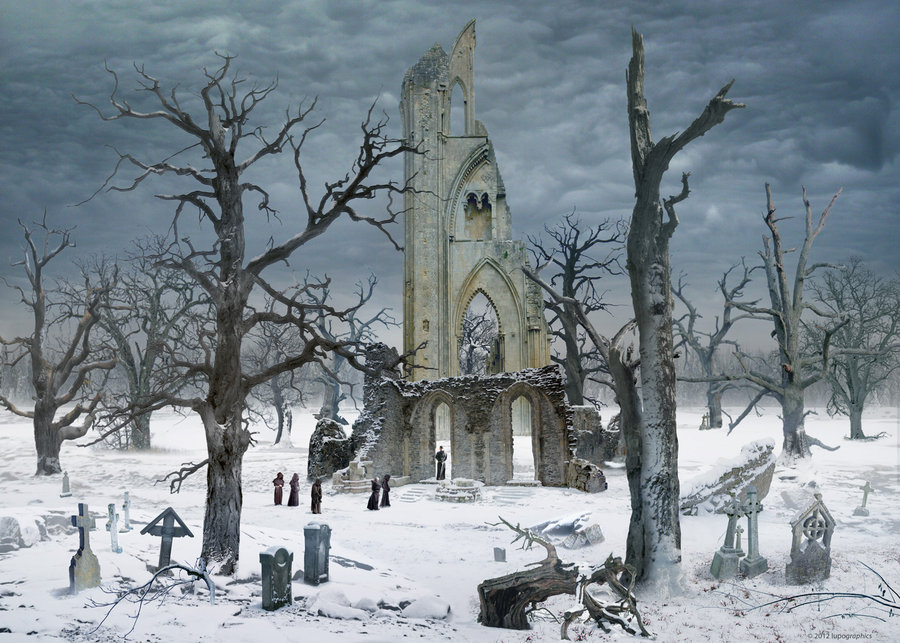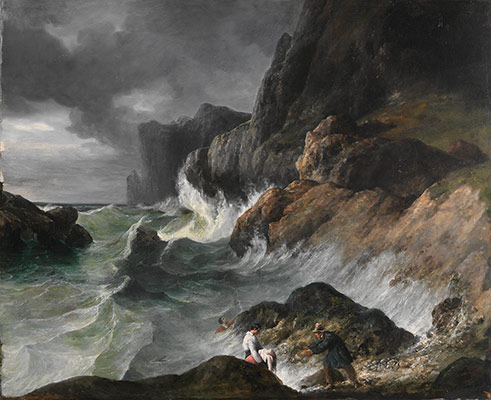Romanticism
Romanticism is attitudes, ideals, and feelings which are romantic rather than realistic, it is also putting nature over any other ideals that a person might have. It is a mindset that many people have. Romanticism aims at being the last hope for anti-conventionalism, individuality, or even immaturity.

The age of romanticism began in the late 18th century, around the industrial age. It was a reaction to the modern world from artists and poets (and now photographers). It was based around the innocence and immaturity of children and how natural everything is for children.

The sublime
The sublime has been connected with awe, terror and danger. Edmund Burke (Philosophical Enquiry, 1757) saw nature as the most sublime object, capable of generating the strongest sensations in its beholders. The Romantic conception of the sublime proved influential for several generations of artists.

The sublime has long been understood to mean a quality of greatness or grandeur that inspires awe and wonder. From the seventeenth century onwards the concept and the emotions it inspires have been a source of inspiration for artists and writers, particularly in relation to the natural landscape.

Artists that used Romanticism
J.M.W Turner – Known in his time as William Turner. He was a romantic English painter, printmaker and watercolourist. He is known for the bright colours in his work and often violent marine images.


Fay Godwin – Known for her black and white images of landscapes. She often collaborated closely with writers to produce in depth surveys of particular rural regions or topics.


